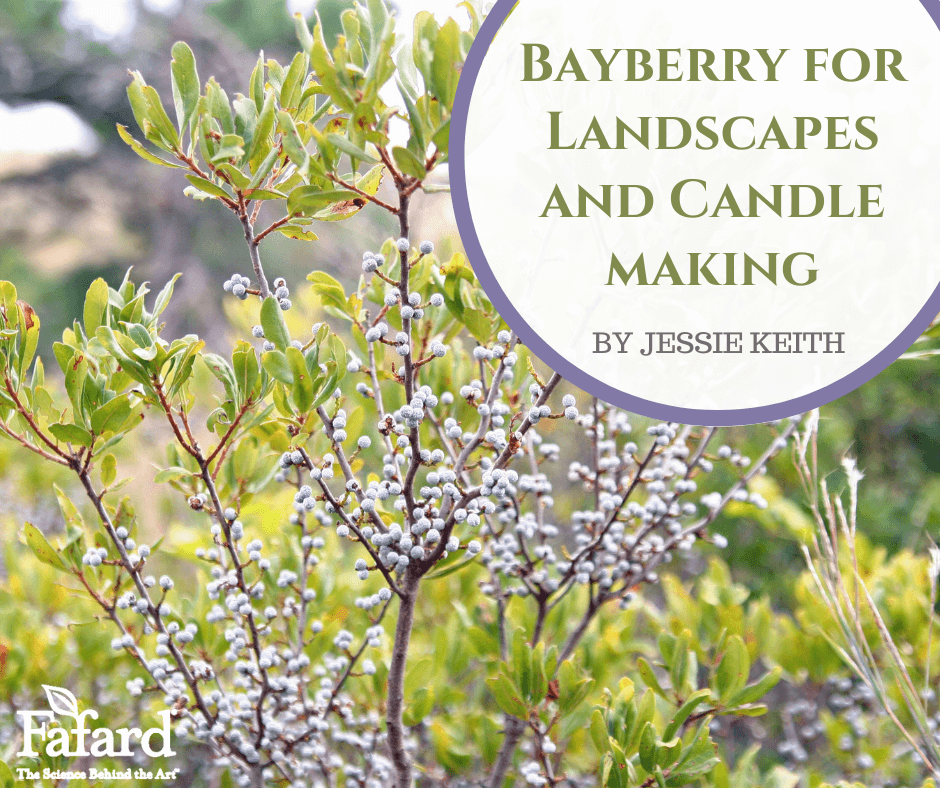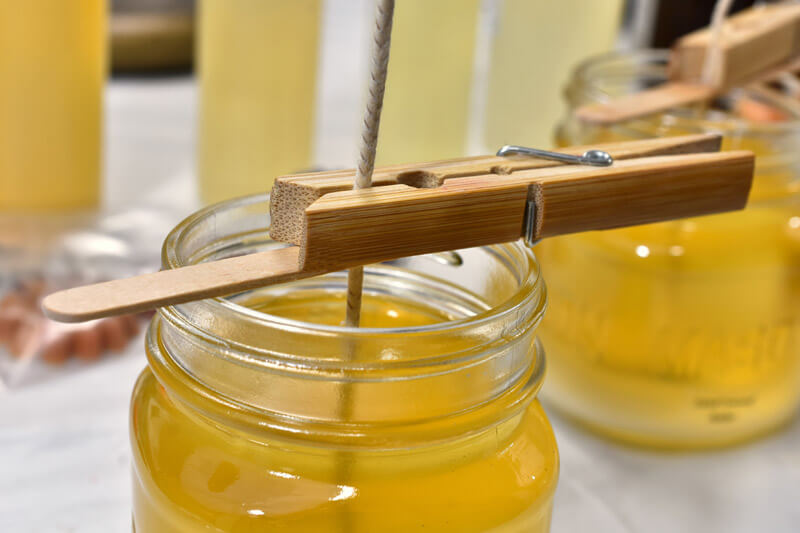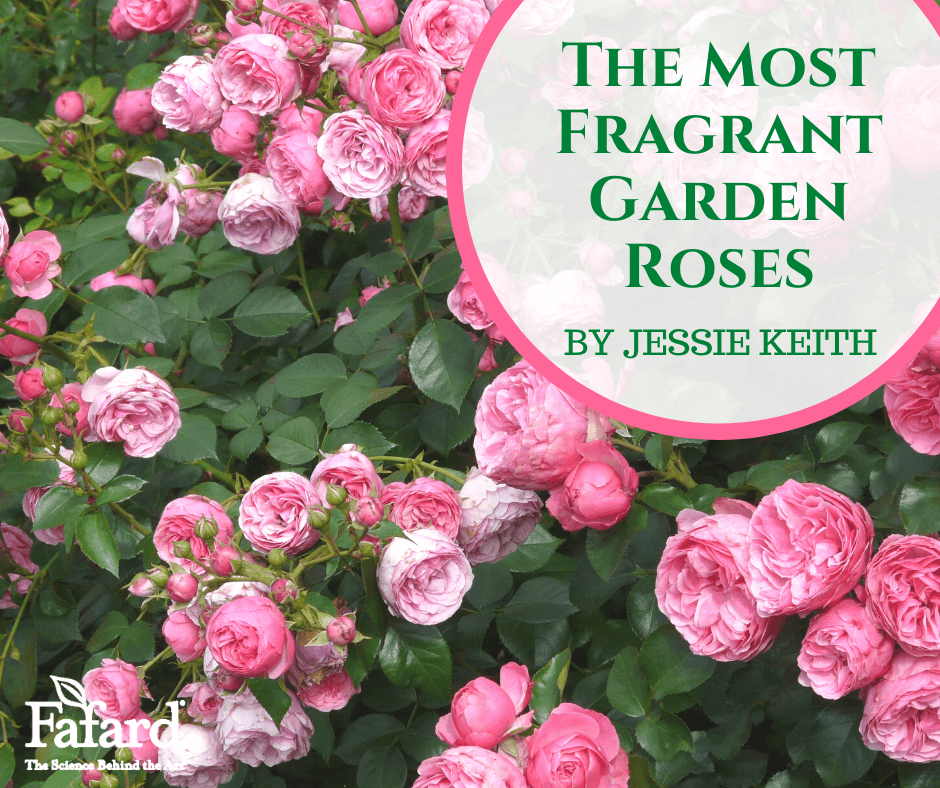
New roses are being bred with intoxicating fragrance once more, bringing a winning marriage of old-fashioned fragrance and new-rose vigor. Rose fragrances vary a lot, so scents come with lots of pleasing descriptors, such as citrusy, fruity, musky, spicy, and sweet, among others. Here, I have hand-picked newer roses for both their effortless beauty and first-class fragrance, while adding a few beautiful antiques along the way.
New fragrant roses are rooted in the past. Many storied antique roses are the parents of today’s most aromatic new varieties. They are the originals grown for perfumery and flavoring. Those who garden for fragrance can’t be without one or two of these classics, which fill the garden with romance.
Historic Fragrant Roses

Bourbon roses are old French hybrids of China roses that have unmatched spicy, fruity fragrances. Most are voluptuous doubles that are still grown today (hybridization records go back a couple hundred years or more). They tolerate heat and drought once established and perform well in the South. One that is still popular is the nearly thornless climber ‘Zephirine Drouhin‘ with large, double, deep-pink blooms all summer but does require spraying to stave off fungal diseases. Its flowers have a sweet, fruity fragrance. Plant it along a pergola trellis for summerlong enjoyment. (Click here to see more Bourbons for sale.)

The highly fragrant Gallica roses (Rosa gallica hybrids) were the earliest European roses in cultivation. The spreading shrubs originated from central and southern Europe, and many heirloom varieties still exist. One of the oldest is the semi-double, rose-pink Apothecary’s rose or red rose of Lancaster (R. gallica ‘Officinalis’, Zones 4-11, 4 x 4 feet), which has been valued for its traditional wild-rose scent and beauty since Medieval times, possibly earlier. The 1860 Gallica heirloom ‘Reine des Violettes‘ is another heirloom worth growing that has fragrant, fully double flowers of rose-purple. Expect lots of bees to visit the flowers.
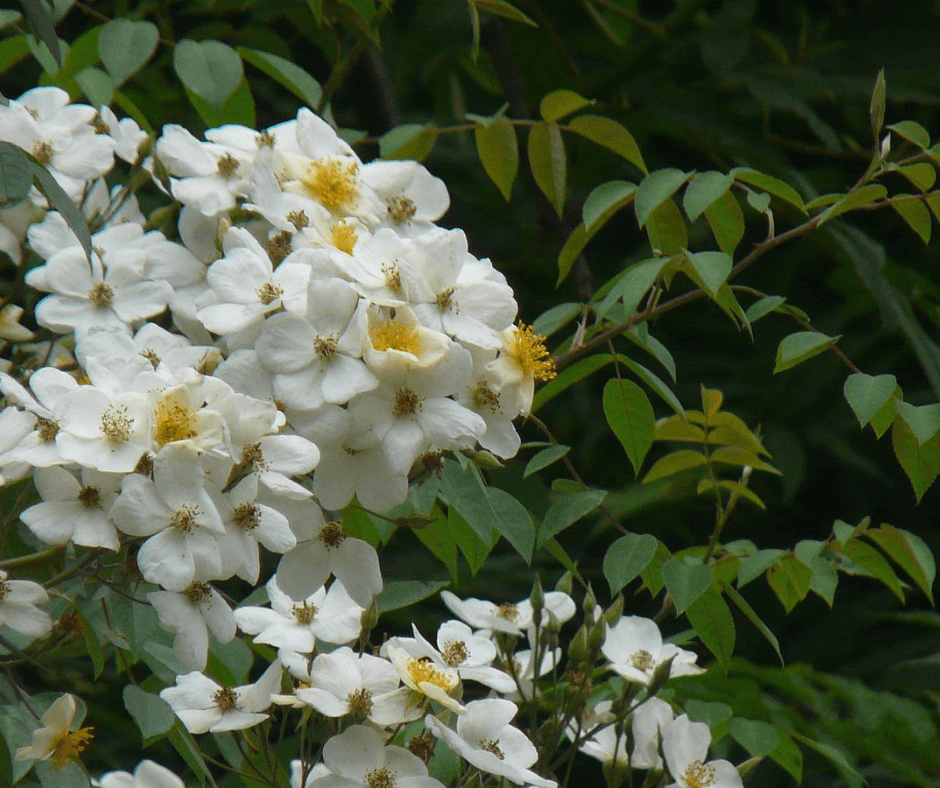
The Asian Musk Rose (Rosa moschata, Zones 6-10, 6-12 feet) has famously fragrant roses with an intense musky scent. The large shrub rose has single-white blooms and attractive grey-green foliage. They bloom once in a season towards late spring or early summer. Bees love them!
Musk and Gallica roses were crossed to produce the powerfully fragrant Damask Rose (Rosa × damascena, Zones 5-11), which is still the predominant rose scent that you will find in perfumery, rose oil, and rose water production. Many old forms are still sold. The double, pink damask ‘La Ville de Bruxelles‘ (Zones 5-11, 5 x 4 feet) from 1849 is one to try. It only blooms once in a season, but its spectacular fruity-scented flowers are divine.
New Fragrant Roses
Pink and Apricot Fragrant Roses

Gabriel Oak English shrub rose (Zones 4-11, 4 x 4 feet) has dense, double roses of deepest rose-pink with the strongest fruity fragrance imaginable, according to David Austin Roses. Its flowers are so intensely pink that they are almost magenta.
Boscobel English shrub rose (Zones 5-11, 4 x 4 feet) is an effortless bloomer that has big, coral-pink roses that are fully double and wonderfully scented. David Austin Roses describes them as having a “myrrh fragrance” with “delicious hints of hawthorn, elderflower, pear, and almond.”
Over The Edge (Zones 5-9, 4 x 3 feet) is new in 2022! The Jackson & Perkins floribunda rose introduction has big double blooms of apricot with a dark-pink edge. Each flower has a fruity, spicy, strong scent that will waft through the garden. Its fantastic beauty and high disease resistance have put this all-around winner on my list of must-grow roses.
Red Fragrant Roses

The deepest red, cupped, double flowers of ‘Munstead Wood‘ (Zones 5-10, 5-6 feet) English shrub rose have a pungent, antique-rose scent with fruity notes of blackberry, blueberry, and damson plum. The 2007 introduction blooms continuously and commemorates the garden designer Gertrude Jekyll’s home in Surrey, England.
Firefighter® (Zones 5-10, 5-6 feet) is a 2009 introduction whose initial proceeds went to help victims of 9-11 through the “Remember Me” fund. It’s a real beauty of a long-stemmed, velvet red, hybrid tea rose that’s vigorous, disease-resistant, and reblooming. The highly fragrant flowers have a classic rose scent, and the stems have few thorns, which makes them a delight for cutting.
Yellow Fragrant Roses
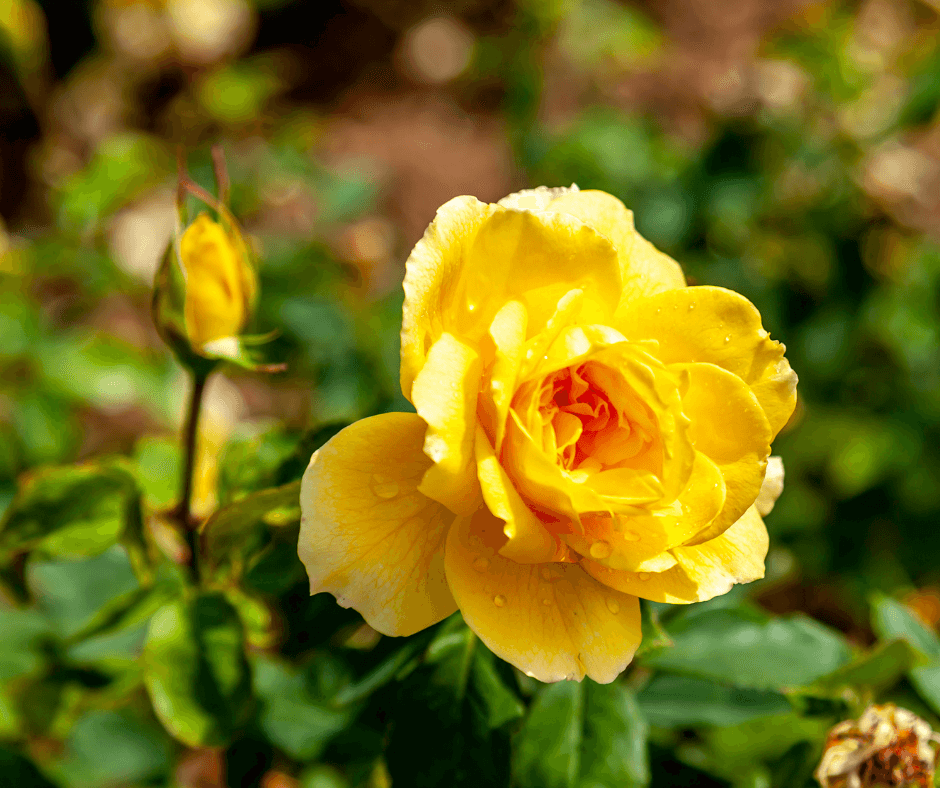
David Austin Roses gives ‘Charles Darwin‘ English shrub rose (Zones 5-11, 4.5 x 4 feet) the best rating for fragrance. The dense, double, yellow blooms (140 petals/bloom) are cupped. The fragrance is “strong, delicious and varying between soft floral tea and pure lemon.” The repeat bloomer is also ideal for cutting.
The citrus-scented ‘Radiant Perfume‘ (Zones 5-10, 5-4 feet) is a long-stemmed Grandiflora rose with big, double blooms of lemon yellow. It flowers continuously and is highly disease resistant. The Jackson & Perkins introduction looks so good, I am hooked and plan to grow one this season!
Ch-Ching!™ (Zones 5-10, 6 x 5 feet) is an everblooming shrub rose with spectacular large, double, golden-yellow flowers that have a strong, sweet rose scent. The 2007 AARS winner is a must-have in the fragrant rose garden.
White Fragrant Roses
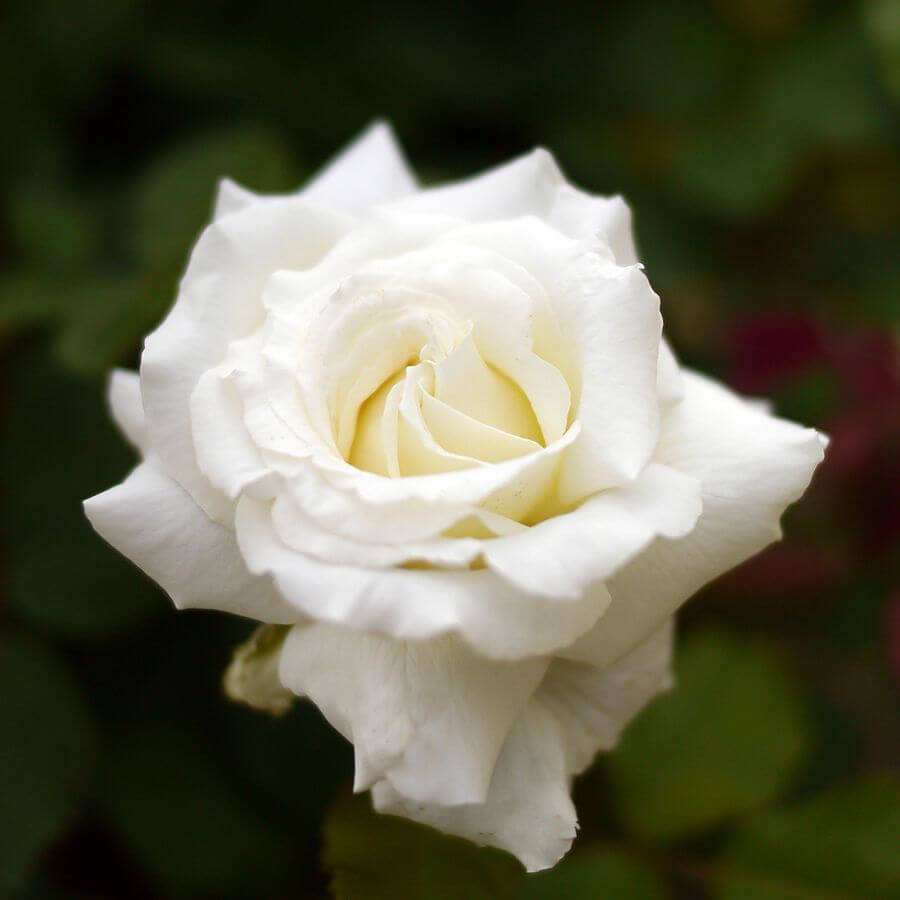
The old rugosa rose, ‘Blanc Double de Coubert‘ (Zones 4-9, 4 x 7 feet), is an 1892 heirloom with clear white, semi-double, fragrant roses that are produced all summer long. Later in the season, it bears huge red hips that look pretty and attract birds.
The hybrid tea rose Pope John Paul II (Zones 5-9, 4 x 5 feet) has large, fully double roses of ivory that smell strongly of fresh citrus. The award winner gets top marks for floral form, disease resistance, and performance. It is an excellent variety for cutting.
Planting New Roses
Plant roses in the spring. Full sun is required for most of them to grow and bloom to their fullest. They prefer fertile soil with a slightly acid pH of 6.5 and good drainage. If your garden has poor drainage and fertility, then it’s a good idea to amend it by evenly working Fafard Premium Natural & Organic Compost or Topsoil into the existing soil before planting. Because good drainage is required, some gardeners choose to build soils up and berm them to facilitate better drainage when planting roses. After planting, be sure to keep your plants lightly moist and fertilized as needed. One of the best all-natural fertilizers for newly-planted roses is alfalfa meal (3-1-2).
For an excellent overview of how to plant and site shrubs, click here. To learn how to grow roses with no fuss, click here.

